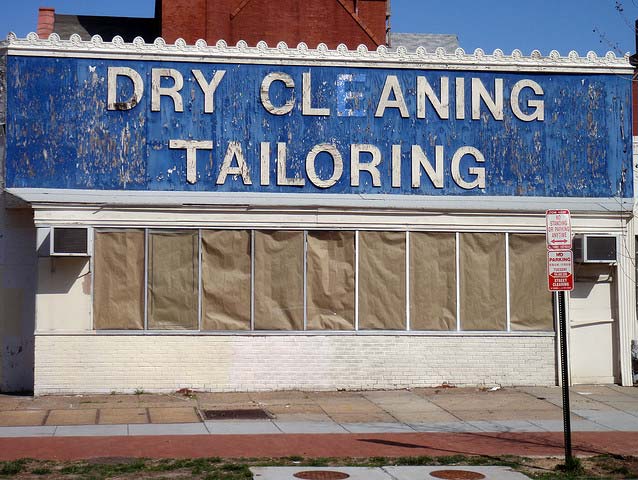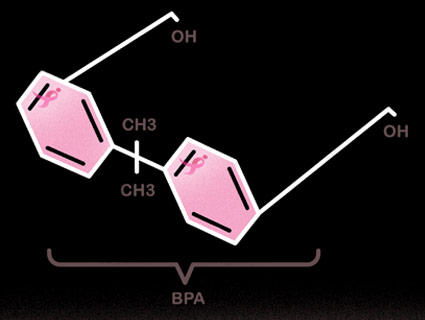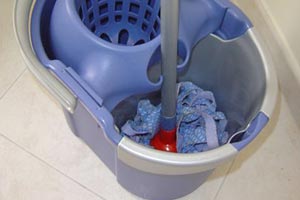
A shuttered dry cleaner<a href="http://www.flickr.com/photos/daquellamanera/4467133922/sizes/z/in/photostream/" target="_blank">Daquella manera</a>/Flickr
Rarely do I darken the doorstep of a dry cleaner. That’s mainly because I am too cheap and lazy; I admit to having inflicted some verboten wash cycles on my few dry-clean-only dresses, followed by a sheepish line dry. The result is usually wrinkly but passable. I’m lucky: As you probably could have guessed, freshly pressed suits are not the prevailing style at MoJo HQ. But I know plenty of people, especially men, who have to haul their collared shirts to the dry cleaner every week.
Unfortunately, all that dry cleaning takes a toll on the environment. The main reason is the chemical solvent that the vast majority of the nation’s 34,000 dry cleaners use: tetrachloroethylene, or “perc” (short for another one of its names, perchloroethylene), which has found its way into soil, streams, and even drinking water. This month, in its first update on perc since 1988, the EPA officially identified it as a “likely human carcinogen.” It also changed the chemical’s reference dose—the amount of a substance considered to safe to ingest every day—from 0.01 miligrams per kilogram of body mass a day to 0.006 mg/kg, a decrease of 40 percent.
So are dry-cleaned clothes a health risk? The EPA focuses on the environmental effects of perc, emphasizing that it “does not believe that wearing clothes dry cleaned with perc will result in exposures which pose a risk of concern.” But David Andrews, a senior scientist with the Environmental Working Group, still sees the practice as potentially risky. “We would still view that as an unnecessary exposure to a probable human carcinogen,” he wrote in an email. “So to be cautious, we recommend avoiding conventional dry cleaners (not just for personal exposures, but for the environmental exposures that result from commercial use).”
The good news is that nontoxic dry cleaners are becoming easier to find. Most of them aren’t technically “dry” at all; rather, they use liquids. A method called “wet cleaning” involves different water-based soaps and machine settings for various fabric types, while another uses liquid pressurized carbon dioxide. (Bonus: The CO2 used in dry cleaning is typically captured as a byproduct from factories and plants, so it doesn’t contribute to greenhouse gas emissions.) A third involves hydrocarbon-based solutions. Andrews considers wet cleaning and liquid CO2 the most environmentally friendly options. Hydrocarbon solutions, he says, are “a step in the right direction”; a drawback, though, is that they are derived from petroleum.
I’ve found that my local green dry cleaners are a little more expensive than conventional cleaners, but this EPA report (PDF) says they shouldn’t have to be: It found that wet cleaning can be economically competitive with dry cleaning, especially if the business doesn’t try to do both. It’s much more economical, according to the report, to specialize in wet cleaning. The Federal Trade Commission is currently considering updating its requirements for garment care labels to include a “professional wet cleaning” option, which would be a major boon to the green cleaning industry.
Unfortunately, there’s no widespread green cleaning certification program yet, so your best bet as a consumer is to ask your local cleaners about their processes. You can also check out NRDC’s handy and comprehensive guide to dry-cleaning alternatives here. Also take “dry clean only” labels with a grain of salt; Ecosalon has some tips on which fabrics are safe to wash at home.















